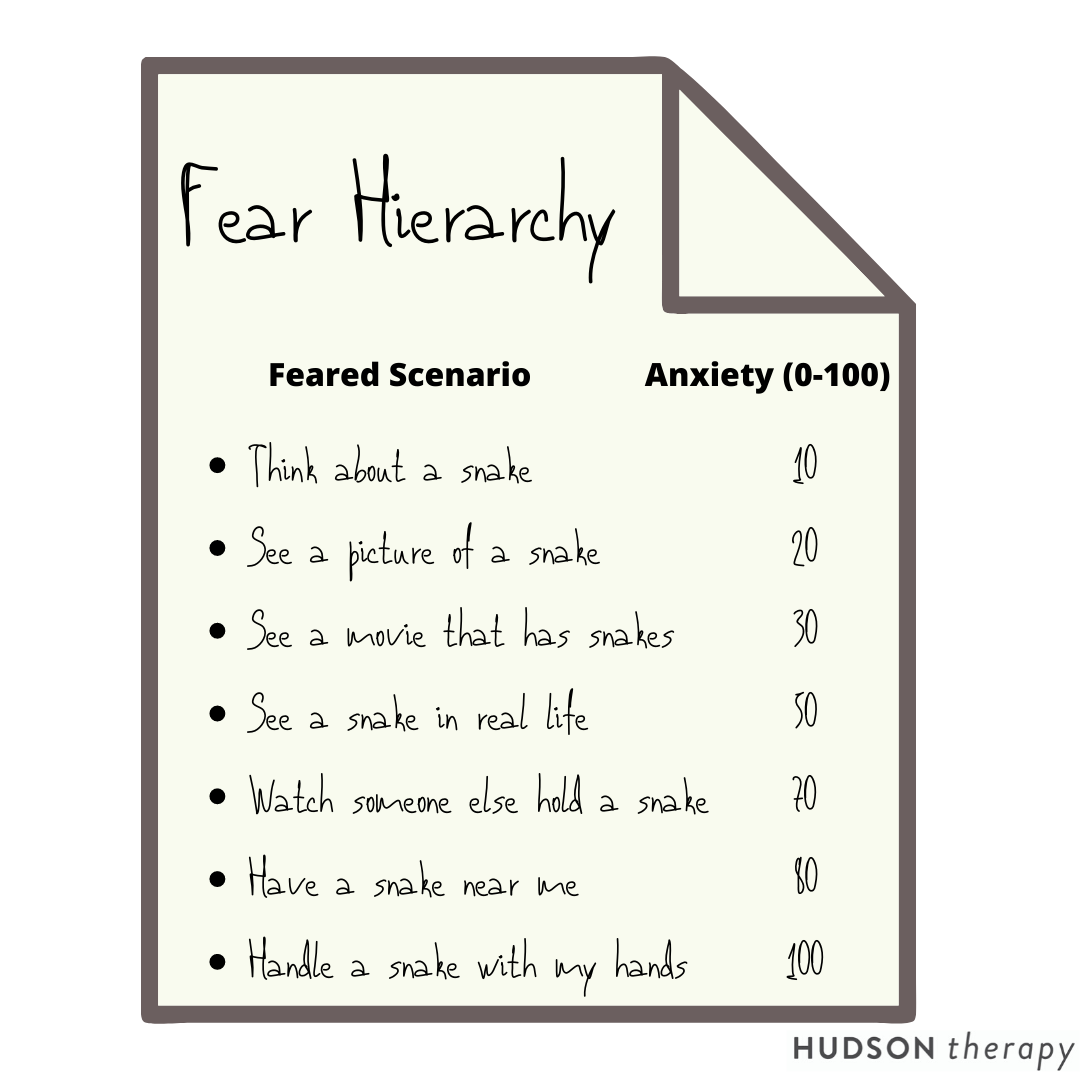What is the Best Pacing for Exposure Therapy?
What is the Best Pacing for Exposure Therapy?
Exposure therapy is an evidence-based treatment for individuals struggling with phobias, panic disorder, social anxiety disorder, obsessive-compulsive disorder, and post-traumatic stress disorder. In a previous blog, we learned the basics of exposure therapy as well as the four primary types of exposure therapy. However, exposure therapy can also be done at different pacings, with some being very gradual and others being abrupt. Keep reading to learn more about the different pacings of exposure therapy.
Timing of Exposure Therapy
The three main ways to pace exposure therapy are:
Graded Exposure
Systematic Desensitization
Flooding
Graded Exposure
Graded exposure works by first establishing a fear hierarchy. A fear hierarchy begins with the least anxiety-provoking experience associated with the avoided or feared object, situation, or place. The list then goes up the ladder of feared experiences, stopping at the most anxiety-provoking thing that could happen. Therapy begins with facing the less distressing experiences, and gradually working up to the most feared experience. If someone is afraid of snakes, their fear hierarchy may look like this:
Systematic Desensitization
It is impossible to be both calm and fearful at the same time. Systematic desensitization highlights this through emphasizing the use of relaxation during the exposure of an anxiety-provoking stimulus. This is intended to help the person feel less fearful when encountering the stimulus, and over time, associate the stimulus with a feeling of calm rather than a feeling of fear. Systematic desensitization uses the fear hierarchy, but also incorporates the element of relaxation.
Flooding
Flooding is facing the phobic stimulus all at once, and until there is no longer fear associated with it. For example, someone with a phobia of dogs would be put in a room with a dog until they no longer feel fearful. This can take several hours and may have to be repeated. Flooding has the potential to make the anxiety around the object, situation, or place worse, as the stimulus may be too much for someone to handle right away. However, it is a more short-term, quick approach to exposure therapy.

